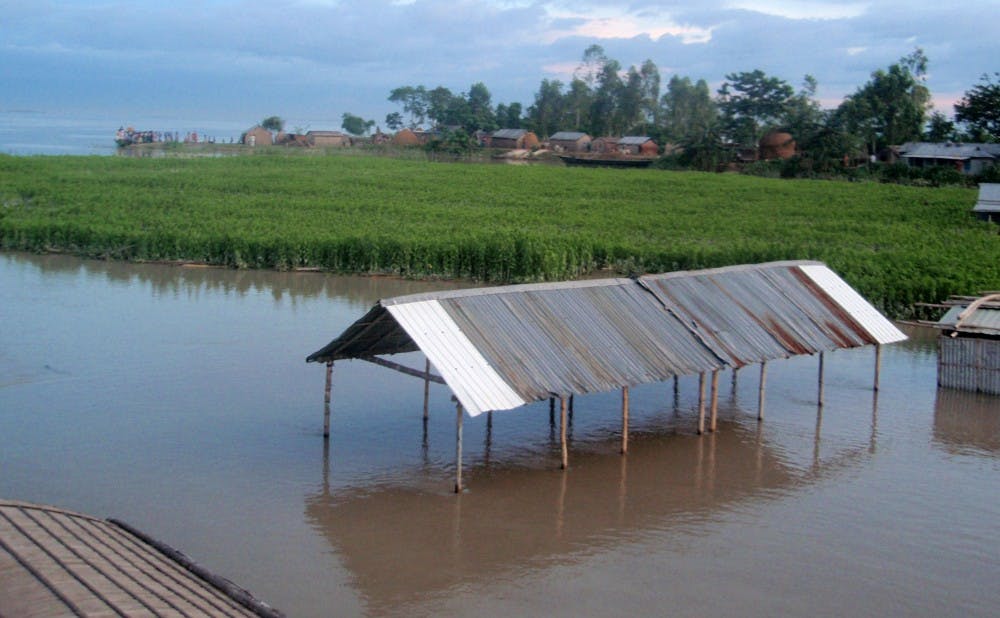Duke, the University of Miami and Woods Hole Oceanographic Institution recently received a $16 million grant from the National Science Foundation to study oceanic currents.
The five-year project, which is part of the Overturning in the Subpolar North Atlantic Program, will measure the ocean currents of the Atlantic Meridional Overturning circulation, which moves warmer water toward the Arctic and moves colder water toward the equator. One of main goals is to understand how oceanic currents vary at higher latitudes. Additionally, scientists hope to better understand how a warming climate can affect oceanic currents.
“We don’t know the linkage between changes of high latitudes and changes in circulation,” said Susan Lozier, the project leader and Ronie-Richele Garcia-Johnson Professor of physical oceanography at the Nicholas School of the Environment. “All climate models predict a long term decrease in overturning circulation, and we want to make sure we have long term observations of this.”
The project will establish a line of anchored moorings to transect the Atlantic that will allow the scientists to measure current temperature and salinity across different latitudes, said program researcher Amy Bower, a senior scientist in the department of physical oceanography at the Woods Hole Oceanographic Institution. The team will also release 120 floats, which will measure water temperature and salinity, among other things.
One of the largest concerns for scientists is how warming temperatures might affect the AMOC, wrote William Johns, professor of meteorology and physical oceanography at University of Miami, in an email Thursday. Warming climates could affect the total amount of sequestered carbon in the ocean by reducing sinking of surface waters and the carbon dioxide particles they have absorbed, he added.
These deeper waters store carbon from the atmosphere and serve as a significant carbon sink for 30 to 40 percent of the carbon dioxide produced since the American industrial revolution, Lozier said.
The data collection will begin this summer and end in 2018, though the team hopes to expand the project to last 10 for years total.
“There are all kinds of other things that make it really hard to pick up any trends related to warming climate,” Bower said. “We have to measure things for long time to be able to filter out all the noise and see if we can detect any trends.”
International partners hailing from the United Kingdom, the Netherlands, Canada, Germany and France contribute an additional $16 million to the program.
Get The Chronicle straight to your inbox
Signup for our weekly newsletter. Cancel at any time.

